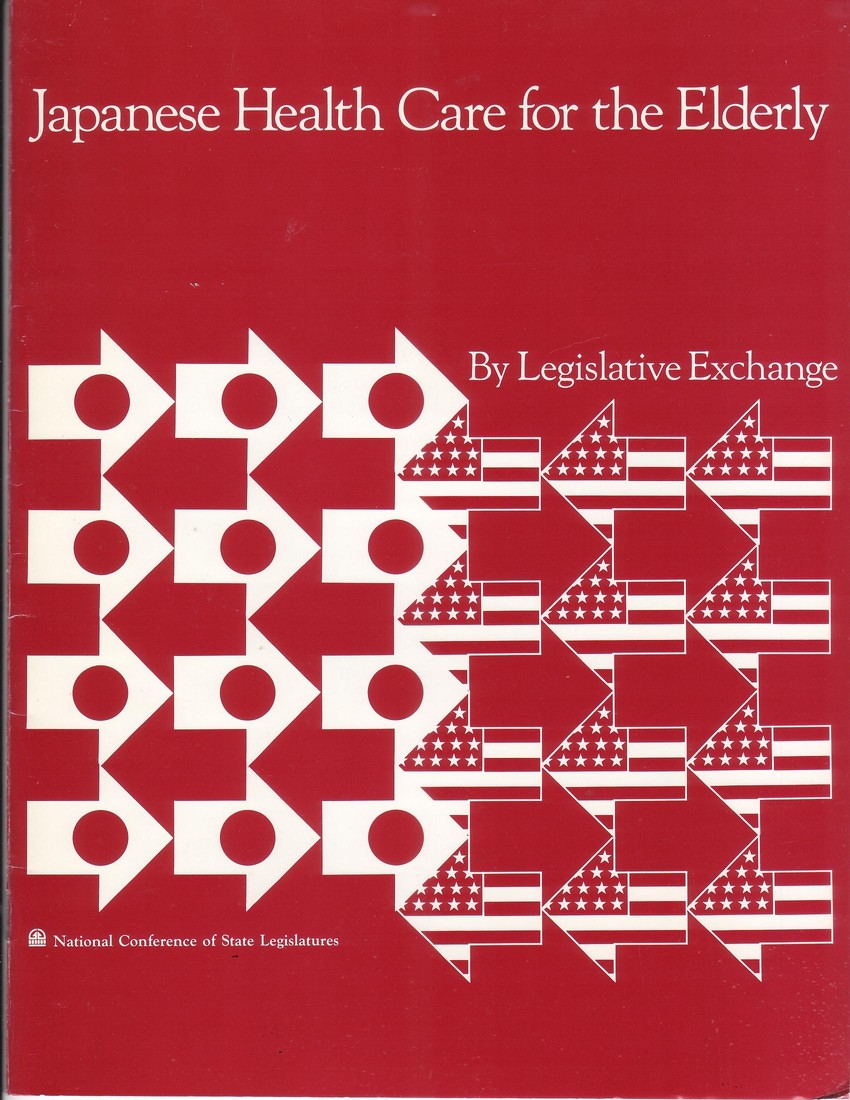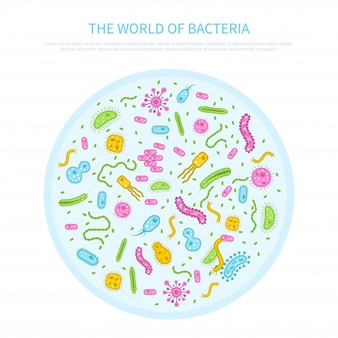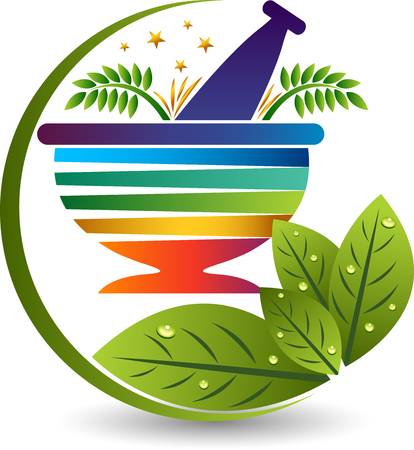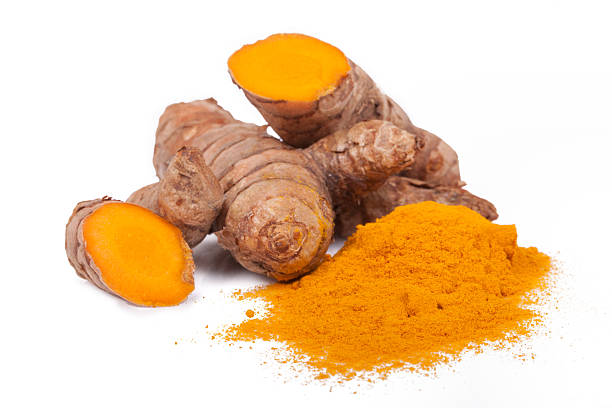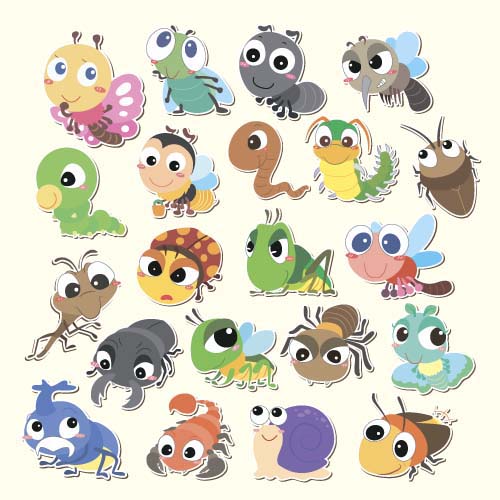Prebiotic fiber, short chain fatty acids drive gut and immune health
Oct
22
Inulin is a type of soluble fiber found in many plants which gut bacteria convert into SCFA. SCFAs such as butyrate, nourish colon cells, break down glucose and cholesterol, and provide other health benefits. SCFA inhibit histone deacetylases (HDACs) and activate G-protein-coupled receptors (GPCRs). Since HDACs regulate gene expression, inhibition of HDACs has a vast array of downstream consequences. GPCRs, particularly GPR43, GPR41, and GPR109A, have been identified as receptors for SCFAs, but little is known beyond that. Studies have implicated a major role for these GPCRs in the regulation of metabolism, inflammation, and disease. In effect, SCFAs have anti-inflammatory, antitumorigenic, and antimicrobial effects. Butyrate, a four-carbon SCFA, is produced through microbial fermentation of dietary fibers in the lower intestinal tract, enhancing intestinal health and mucosal immunity. They alter and maintain gut and immune system integrity.
Plants naturally produce inulin and use it as an energy source. Today, it’s being added to more and more food products because of its benefits and adaptability. With its creamy consistency, inulin functions as a fat substitute in margarine, salad dressings, and baked goods.
Inulin can be found naturally in foods, such as:
- chicory root
- artichokes
- agave
- asparagus
- bananas
- garlic
- leeks
- wheat
- onions
- wild yams
Again, remember that no body is the same, so get to know your body and it's particular health needs. The key is to maintain a balanced diet, including but not limited to consumption of Inulin intensive food and herbs.




